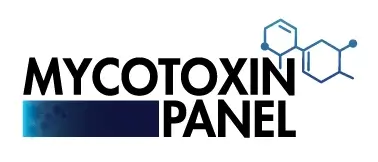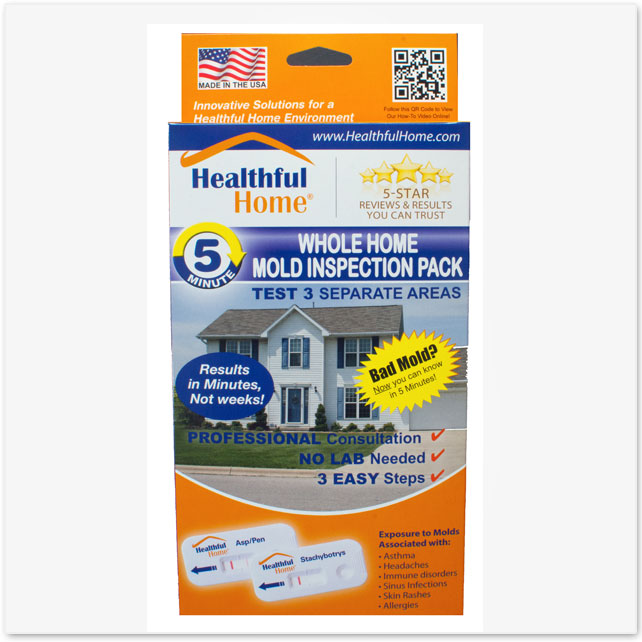Boost Your Safety Protocols with Expert Mycotoxin testing Services
Boost Your Safety Protocols with Expert Mycotoxin testing Services
Blog Article
The Requirement of Mycotoxin Evaluating in Agricultural Products to Guarantee Consumer Safety And Security
The need of mycotoxin screening in agricultural items is an important aspect of public health and wellness and security that necessitates thorough exam. Mycotoxins, toxic substances created by certain fungi, can infiltrate numerous crops, leading to significant health dangers for customers, such as carcinogenic effects and body organ damages.
Recognizing Mycotoxins
Mycotoxins, hazardous secondary metabolites generated by specific fungis, offer a substantial threat to farming items and human health. These compounds are created by numerous types of mold and mildews, such as Aspergillus, Fusarium, and Penicillium, which can contaminate crops both pre- and post-harvest - Mycotoxin testing Services. One of the most common mycotoxins include aflatoxins, ochratoxin A, fumonisins, zearalenone, and deoxynivalenol (DON)
Mycotoxin contamination can happen under details environmental problems, such as high humidity and temperature level, which prefer the growth of mold. Agricultural items like grains, nuts, spices, dried fruits, and coffee are particularly at risk. The presence of mycotoxins in these commodities can bring about substantial financial losses due to decreased crop returns and the requirement for strenuous testing and purification processes.
Understanding the biochemical nature and development of mycotoxins is crucial for establishing effective mitigation strategies. Research study has shown that mycotoxins show a variety of chemical structures and buildings, making discovery and removal difficult. Advanced analytical methods, including chromatography and mass spectrometry, are utilized to recognize and evaluate mycotoxins in agricultural items, ensuring that contamination degrees remain within safe restrictions developed by regulatory bodies.
Health And Wellness Dangers of Mycotoxins
Given the considerable dangers connected with mycotoxins in farming products, understanding their impact on wellness is critical. Mycotoxins, toxic second metabolites created by fungis, pose extreme dangers to both animal and human wellness.
Intense mycotoxin poisoning, although less common, can cause severe and prompt illness such as liver damages, gastrointestinal disruptions, and hemorrhaging. Ochratoxin A, one more powerful mycotoxin, is connected to kidney damages and has potential cancer causing effects. Fumonisins, mostly influencing maize, are associated with esophageal cancer and neural tube issues.

Common Sources of Contamination
Comprehending the common sources of contamination is essential for efficiently handling and alleviating the risks positioned by mycotoxins. Mycotoxins are poisonous additional metabolites created by particular sorts of fungis, which can contaminate agricultural products at different stages of production, storage, and processing. The main resources of contamination include field problems, post-harvest find handling, and storage settings.
Field problems play a significant role, with variables like weather condition, plant vulnerability, and soil wellness affecting fungal growth. Crops such as corn, peanuts, wheat, and tree nuts are particularly at risk to mycotoxin-producing fungi like Aspergillus, Fusarium, and Penicillium species. Insufficient crop rotation and bad pest monitoring can aggravate the threat of contamination.
Post-harvest handling is an additional crucial stage where contamination can occur. Mechanical damages throughout harvesting and transport develops access factors for fungi, while improper drying methods can leave moisture levels high sufficient to sustain fungal development.
Storage settings add considerably to contamination risks. Poorly preserved storage space facilities with high humidity and temperature level levels create ideal problems for mycotoxin manufacturing. Regular evaluations and appropriate storage problems are crucial in curbing this risk.
Mycotoxin Examining Methods
Effective management of mycotoxin contamination hinges not just on acknowledging prospective resources but also on applying durable screening approaches to discover these hazardous compounds. Mycotoxin testing techniques can be generally categorized into chromatographic and immunochemical methods.
On the various other hand, enzyme-linked immunosorbent home assay (ELISA) and side flow assays project immunochemical approaches. ELISA, specifically, is widely used because of its cost-effectiveness, convenience of usage, and rapid turnaround time. Lateral circulation assays supply fast, on-site testing capabilities, making them ideal for field applications where instant decisions are required.
In addition, advancements in molecular biology have presented PCR-based techniques efficient in detecting mycotoxin-producing fungi at genetic levels, offering a predictive approach to contamination threat. Incorporating these diverse techniques boosts the dependability and comprehensiveness of mycotoxin discovery, making sure that agricultural items satisfy safety and security standards and protecting customers from potential health risks.
Benefits of Routine Evaluating

Routine mycotoxin testing supplies substantial advantages that substantially boost farming safety and security and high quality. Mycotoxins, poisonous substances produced by certain fungis, can contaminate food and position major health dangers, consisting of cancer and acute poisoning.
Moreover, consistent testing aids in preserving the honesty and reputation of agricultural manufacturers. By carefully monitoring and controlling mycotoxin levels, manufacturers can stay clear of costly recalls and legal repercussions. This not only makes sure conformity with stringent international security standards however also promotes consumer depend on and commitment.

Verdict
The necessity of mycotoxin testing in farming products is emphasized by the considerable health and wellness dangers presented by these harmful substances. Ensuring customer safety requires the recognition and removal of infected items from the supply chain. Routine testing not only minimizes the threat of acute poisoning and persistent health problems but also supports compliance with security standards. Additionally, it boosts the reputation of manufacturers and fosters trust fund within the agricultural supply chain, eventually securing public health and wellness.
The requirement of mycotoxin testing in farming items is a vital aspect of public wellness and safety and security that calls for detailed exam. Mycotoxins, poisonous substances generated by particular fungis, can penetrate different crops, leading to substantial health and wellness threats for customers, such as cancer causing impacts and body organ damage.Mycotoxins, hazardous secondary metabolites created by certain fungis, present a significant threat to agricultural products and human wellness.Offered the considerable risks connected with mycotoxins in agricultural products, recognizing their impact her response on wellness is critical (Mycotoxin testing Services).The necessity of mycotoxin testing in farming items is underscored by the substantial health and wellness risks positioned by these harmful compounds
Report this page